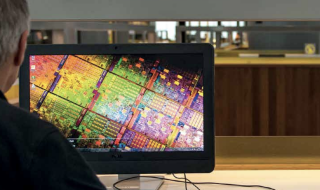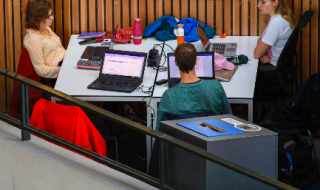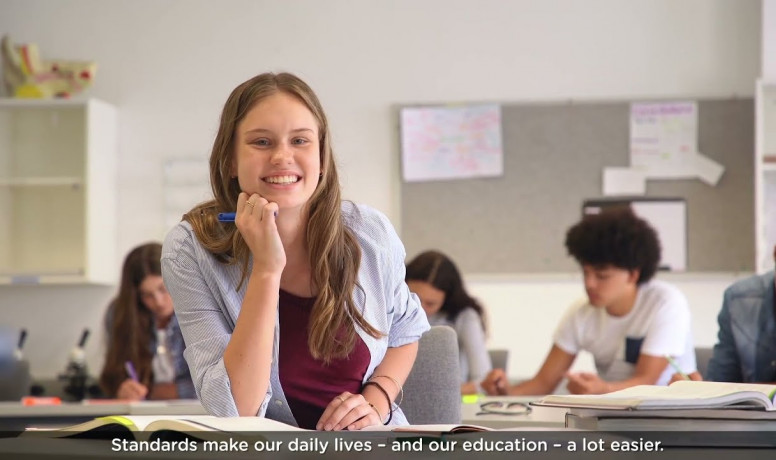

Technology digital learning environment
Open standards and the digital learning environment
Open standards are widely used within digital learning environments. But which standards do you ask for when you want to buy or tender educational applications? And what choices can you make for a future-proof digital learning environment? Watch the video below to get an insight into the most commonly used open standards in the digital learning environment.

This publication describes the data and functionalities of the components in the digital learning environment, how they are interrelated and what standards are needed to make them work together as a whole.
SURF innovation projects
SURF aims to support institutions in gaining a better understanding of the organisation and technology involved in a digital learning environment. With the aim of matching the learning environment to the changing needs of education and users now and in the future.
Development of LTI launcher

SURF has developed an LTI-launcher that makes it possible to launch LTI applications from multiple places within the digital learning environment. With the LTI-launcher, SURF wants to show that it is also possible to start LTI applications from, for example, an own portal. This requires a connection to an OIDC service that manages identities, and to the LTI-launcher, which stores contexts (such as a course, project or other collection of resources with a common set of users and roles).
Want to know more?
For more information about the LTI Launcher, contact Jasmijn Jacobs-Wijn at jasmijn.jacobswijn@surf.nl
SURF demo modular learning environment
The modular learning environment is not yet available in the market. SURF has therefore built a demo environment of the personal and flexible learning environment. In 2017 and 2018, several suppliers and institutions have been working on this. In pilots, a number of suppliers have tried to get their products working by solving the integration issues that come up when linking to the modular learning environment. They have done this in the SURF demo environment where relevant standards such as LTI, xAPI, LIS, OOAPI, SAML/VOOT, can be implemented and tested. At Challenge Day 2017 and Challenge day 2018, vendors and institutions shared their experiences.
